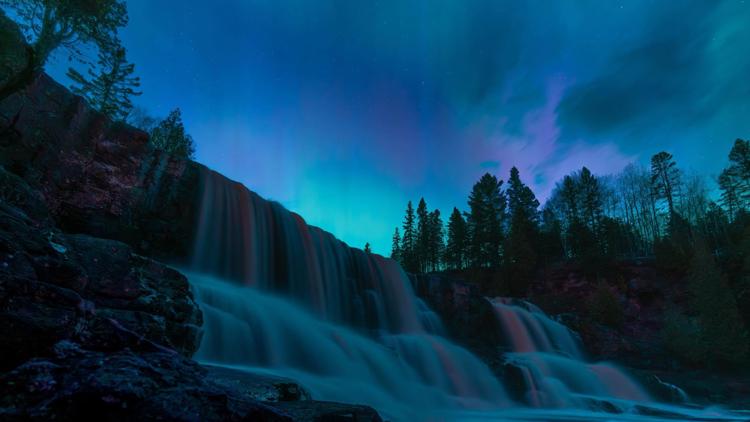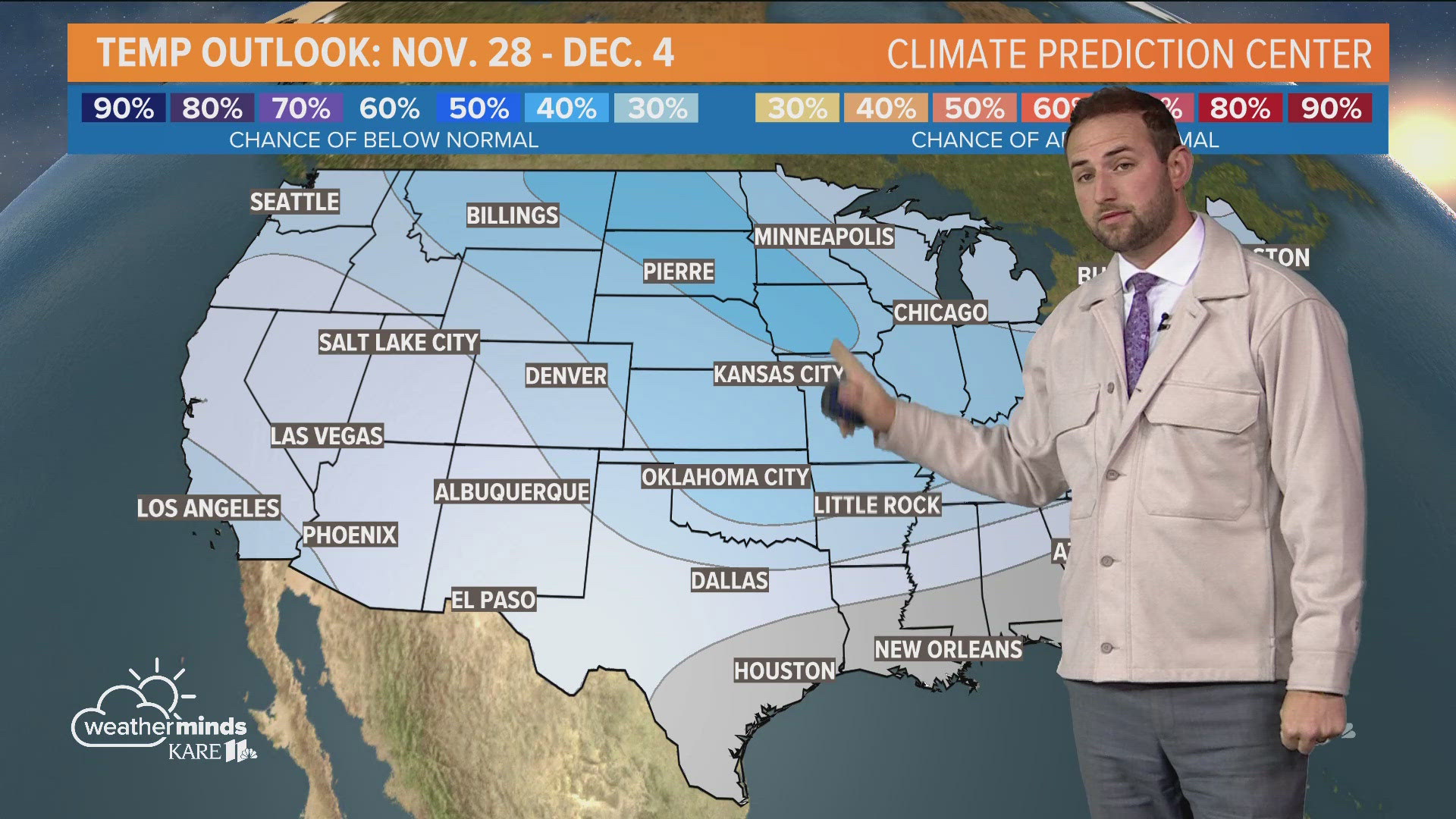MINNEAPOLIS — It isn't just you — the northern lights have been appearing more frequently in recent months, and it just so happens we're approaching another one of nature's picture-perfect presentations.
According to KARE 11 Meteorologist Ben Dery, the aurora borealis is on track to show up and show out Monday night and into the early hours of Tuesday morning. Dery said multiple Coronal Mass Ejections (CMEs) erupted from the sun on Saturday and are now pointed straight at Earth.
CMEs, according to NASA, are large outbursts of solar matter. You can see a visual representation of the weekend's activity below, courtesy of the Solar & Heliospheric Observatory.
Dery said these types of events are not uncommon, and if conditions are right, aurora chasers could see the spectacle across the upper Midwest.
As a way to inform the public about the magnitude of geomagnetic storms, the National Oceanic and Atmospheric Administration (NOAA) issues alerts on a 1-5 scale, 1 being minor and 5 being extreme. Dery said Monday's is forecast as a level G3.
For the best chance to see the northern lights this round, Dery said to get away from city lights — at least a half-hour drive from the metro — look toward the northern horizon and let your eyes adjust to the darkness. If the northern lights are out, Dery said they will initially appear as a hazy green smudge before becoming more defined as your eyes adjust.
Meteorologist Jamie Kagol said there could be a "weaker repeat" Tuesday night into Wednesday, but forecasted storms could potentially hinder visibility.
Dery said the recent uptick in northern lights displays comes as the sun approaches its solar activity peak, which happens about once every decade. According to NOAA's Space Weather Prediction Center, the sun's current solar cycle is estimated to reach its solar maximum between late 2024 and early 2026.



